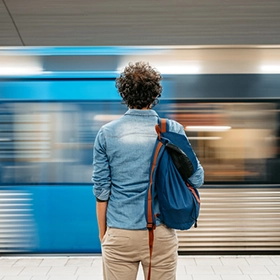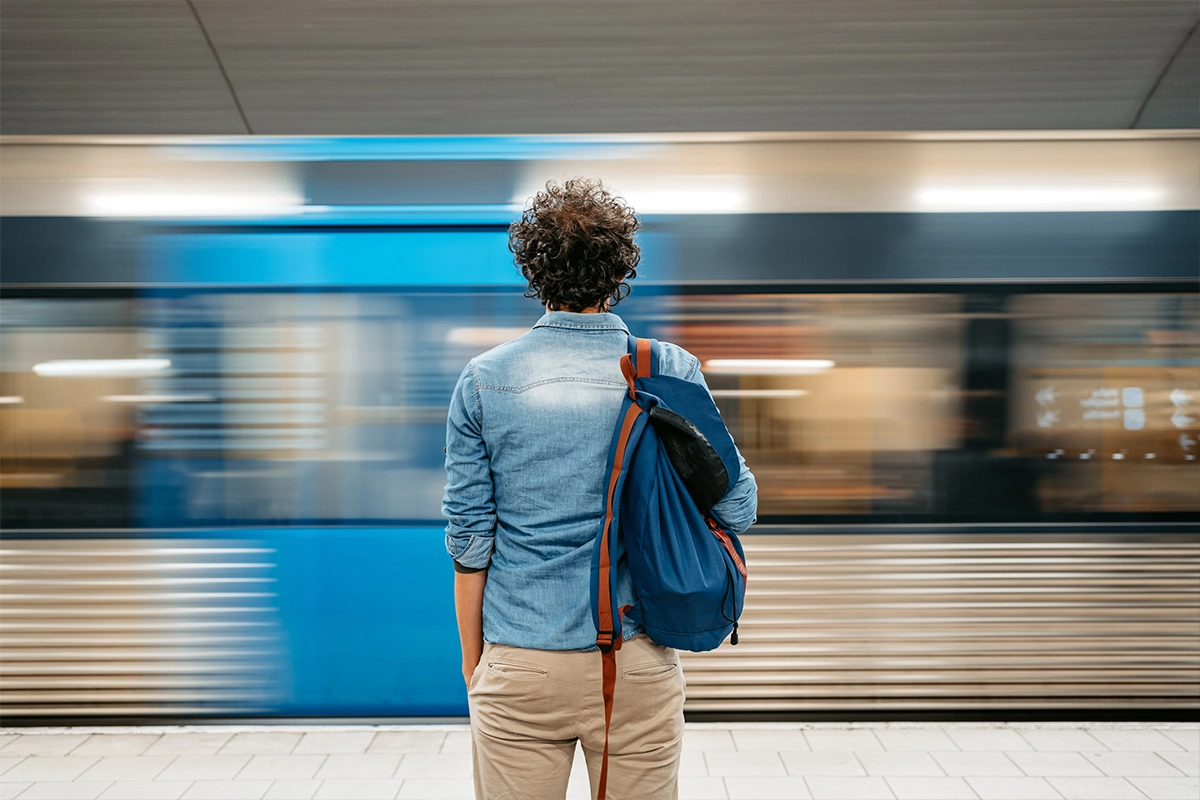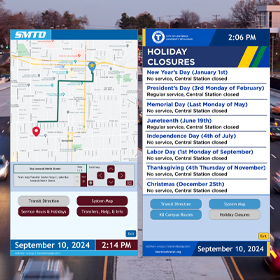Home » News & Resources » Public Transit » Public Transit and its Financial Shortfalls

Public Transit and its Financial Shortfalls
Public transit has gone through a handful of challenges in the past few years. Even before the pandemic started, public transit has been facing funding crises. The significant decrease in ridership starting in 2020 just made things worse.
Public Transit and its Financial Shortfalls
Published: 12/01/2023

Public transit has gone through a handful of challenges in the past few years. Even before the pandemic started, public transit has been facing funding crises. The significant decrease in ridership starting in 2020 just made things worse.
Almost four years later, transit agencies have found some sort of success considering the fact that many riders are currently working remotely on a consistent basis. This has been accomplished by lowering their fares, or even offer free transit in some cities. Still, as a nation, transit systems are experiencing a billion-dollar shortfall; and ridership is at about 70% of pre-pandemic levels. This is according to an article from Bloomberg.
In this article, it highlights the nation’s major transit systems; including WMATA. According to the article, weekly rail ridership has only reached 50% of pre-pandemic levels. Bus ridership has reached 80%.
This transit agency is specifically on a budget shortfall of $750 million for 2025, related to the decrease of commuters that opted for working from home on a part-time, or even full-time basis.
Other Challenges
Another issue that contributed to the budget shortfall is fare evasion. Earlier this year, Metro implemented taller fare gates; which have been installed in some of the rail stations. During this summer, it resulted in a 70% reduction in fare evasion.
At this time, Metro has requested state jurisdictions to adjust their yearly subsidy. Increasing this subsidy might help keep public transit afloat. Some state officials are wary of it being the best solution long term.
Another thing that might help combat the financial troubles are getting more federal workers to commute on a regular basis to their offices, which makes up a large portion of Metro’s commuters.
Safety is another topic that can be addressed more in order to motivate riders to use public transportation more. This, while may bring extra costs to reinforce safety measures, might help in the long run financially.
The next 2-3 years will remain to be a challenge for public transit, especially adding the current inflation to the equation. But hopefully, these challenges will be overcome so riders can keep having safe, reliable public transportation.
Categories
Public TransitTransit Ridership
Mask Mandate
Commuters/Commuting
Transit Display/Digital Signage
Accessibility Commuter Rail
Recent Posts

Electric School Buses Driving Towards a Greener Future
Electric school buses are currently on high demand, and following the trend of public transit with the transition to clean energy.

Redmon Transit Display Expands Digital Signage Capabilities
Redmon's Transit Display, a leading provider of digital signage solutions for public transportation, is excited to announce the release of new features for its industry-leading digital signage system.